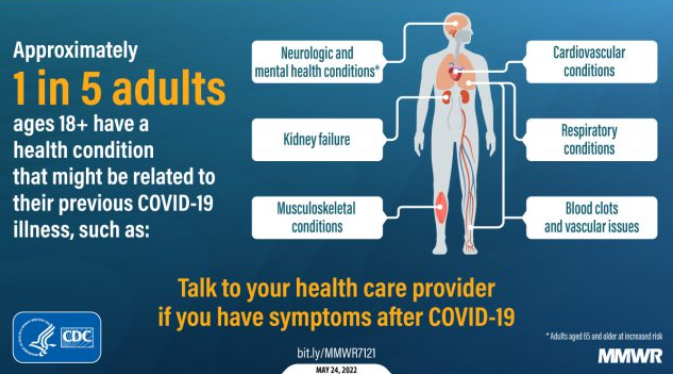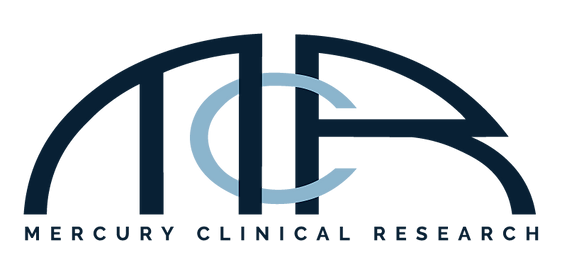From Crisis to Continual Vigilance What Changed from 2020 to Today, and Why Clinical Research Still Matters
What is COVID-19?COVID-19 is the illness caused by the coronavirus SARS-CoV-2. It mainly targets the lungs and airways, but its effects can range widely from no symptoms at all, to a mild cold-like illness, to severe pneumonia, organ failure, and even death. Older adults and people with underlying health conditions have a higher chance of developing serious disease.
How it spreads
The virus mostly spreads through tiny droplets and airborne particles released when someone who’s infected breathes, talks, coughs, or sneezes. It can occasionally spread from contaminated surfaces, though this is less common. Once inhaled, the virus attaches to cells in the respiratory tract and starts replicating.
Good ventilation, masking in crowded spaces, testing, and isolating when sick all help reduce transmission.
Variants in a nutshell
Like all viruses, SARS CoV 2 changes over time. Some mutations don’t matter much; others can make the virus spread more easily, sidestep parts of our immunity, or change how severe the illness is. Health agencies name and track these variants, you may remember Alpha, Beta, Delta, and then Omicron.
By 2024–2025, most circulating strains were Omicron sub-variants (such as the XBB family), and these updates guide new vaccine formulations. Ongoing genomic surveillance keeps watch for emerging variants.

Where and how did COVID start?
COVID 19 was first recognized in late 2019 in the city of Wuhan, China, when doctors noticed a cluster of unusual pneumonia cases. Tests showed they were caused by a new coronavirus, later named SARS CoV 2.
Coronaviruses often originate in animals, and scientists believe this virus likely started in bats and then jumped to humans, possibly through another animal host. Exactly how and where that “jump” happened is still being studied, but what’s clear is that once the virus began spreading between people, it moved quickly across the world through travel and close contact.
Thanks to rapid global collaboration, researchers sequenced the virus’s genome within weeks, which allowed tests, vaccines, and treatments to be developed far faster than in any previous pandemic.
How COVID in 2020 compares to COVID in 2025: key differences
Virus evolution: The virus in 2020 (original/early lineages) was replaced globally by multiple waves of variants (Alpha → Delta → Omicron → XBB subvariants). Later variants are often more transmissible but in many populations cause, on average, less severe disease because of existing immunity.
Population immunity: By 2025 many people have some combination of vaccine-derived immunity, prior infection, or both. This widespread immunity changes average clinical outcomes (fewer hospitalizations per infection than the early pandemic), though vulnerable people still face high risk.
Vaccines & boosters: Rapid development of vaccines in 2020 (mRNA and others) was followed by iterative updates (bivalent and later strain-targeted boosters; regulators and WHO recommending updates to match circulating lineages such as XBB). Newer formulations and annual booster strategies were developed.
Treatments & public health tools: We now have approved antiviral drugs, better outpatient therapeutics, improved clinical care protocols, and more testing availability than in 2020.
Social impact & health systems: Early 2020 saw widespread lockdowns, overwhelmed hospitals, major supply shortages, and global disruption. By 2025 much of society has adapted but COVID still causes substantial health burden and requires surveillance and vaccination programs.

Why clinical research was (and is) essential for COVID vaccines
- Speed + safety: Rigorous clinical trials (phase 1–3) established safety and efficacy rapidly while ongoing monitoring (post-authorization surveillance) followed real-world outcomes. This let regulators authorize vaccines while continuing to gather data.
- Vaccine technology proof: COVID accelerated acceptance and improvement of mRNA and recombinant platforms, which are flexible for fast updates to match variants. Clinical trials and real-world studies validated these platforms.
- Vaccine composition & updates: Global genomic surveillance and vaccine composition decisions (informed by clinical and immunologic data) led to strain-updated boosters (for example, WHO and national agencies recommended targeting dominant Omicron/XBB subvariants for newer vaccines). Trials & immunogenicity studies supported those updates.
- Safety monitoring & trust building: Large, well-conducted studies plus ongoing pharmacovigilance allowed identification and management of rare adverse events and helped refine recommendations (age groups, dosing, intervals). Clinical research underpins informed policy decisions.
The clinical-research industry’s role in the science of COVID vaccines
- Global surveillance → candidate selection: Labs sequence viruses and feed data to WHO/CDC, which informs vaccine strain selection. Clinical researchers test candidate formulations and dosing strategies.
- Trials & effectiveness studies: Industry and academic trials test immunogenicity and safety; public-health agencies and independent researchers run observational effectiveness studies (e.g., vaccine impact on hospitalizations).
- Innovation pipeline: The industry funds and runs trials for next-generation vaccines (longer lasting, broader neutralization, variant-specific) and delivery methods. Recent 2025 updates and approvals reflect that pipeline in action.
